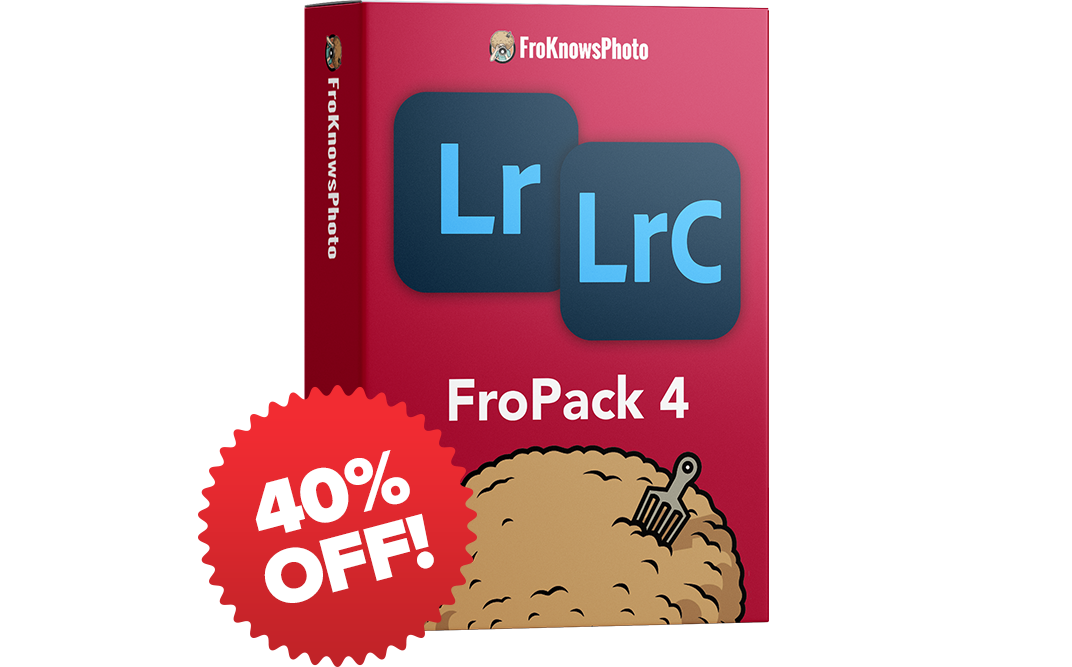The Hardest Rapid Fire Critique I Have Ever Done: Photography
I get asked to critique a lot of peoples work and usually they are people I have never met. So, critiquing their work is not an emotional thing, meaning I don’t have a personal connection with them.
But when I get asked to critique a friends work I have to be very careful how I word things. Don’t get me wrong, I don’t change the harshness level or let them slide on certain things. I simply try and watch my words and the message I am getting across.
My long time friend Taylor whos first introduction to a DSLR was when I handed her a D3000 with a 35 1.8 has come a long way in her photographic journey. Click Here to see the Seeing And Feeling Video. Since that time in 2011 she has continued to shoot, picking up different cameras and lenses but rarely asking me for my opinion.
The reason she never asked my opinion is she knows how opinionated I am. Plus she knew if she brought up a subpar lens that my answer would be swift and harsh.
Now she is out taking real paying jobs, she is shooting weddings, baby portraits, candids and pretty much anything that catches her eye.
I am not sure if she asked me for this critique or I asked to see her top 10. But I wanted to see her progression from 2011 until now.
When it comes to critiquing peoples work in my opinion it’s not about finding and ripping every small mistake. It’s about finding those issues but giving positive reinforcement to how they can be corrected or changed.
It makes zero sense to rip someone totally down to the point where they feel like they have failed as a photographer. This may work for some but that’s not how I like to learn nor how I want to critique others.
I chose not to look at any of her images before doing the critique. I wanted you all to see my honest reaction as soon as I saw the images.
What is great about having these sets on flickr is I can see the meta data. I can see what lens, what modes and a bunch of other data that helps me point someone in a direction.
Some people say that the gear, lenses and settings shouldn’t matter during a critique. I don’t agree with that at all. That may be the case with pros who are getting ripped apart but when it comes to someone who is learning, the only way to help them evolve is to see the settings.
I want to know were they in Manual or aperture priority or even in auto. What was the shutter speed, ISO and aperture. By knowing all of these things I can better understand the entire photo and help the photographer with some different ideas for settings.
Now that brings us to the critique of Taylors new work. It is not easy to critique the work of someone you are close with. I definitely watch my words and tone to make sure the perception was not that I am ripping her just to rip her.
I am not going to rehash all of the things I said in the video above but I do want to point out some thoughts. Her images are very very close throughout this set. What I mean by close is they are not far off in my opinion from all being keepers.
You have the simple shot of her daughter with the statues. With slight changes that image can go from “that’s nice” to “wow”. Don’t get me wrong, I understand when you are in the situation the images may change quickly and not allow you time to make certain changes. But by me mentioning different ideas and thoughts during a critique, that may resonate in the back of the mind on the next shoot.
Seeing shots of her daughters head from behind with the goggles strap on it is one of my least favorite images from the set. Like I explained in the critique, it needed more context. It possibly could work as part of a photo story but on its on it just didn’t.
You hear me talk about photo stories quite often. How an some images can stand on their own without anything surrounding them where others just don’t fit unless they have more context. When I am shooting I am always thinking about context, could this image stand on its own or does it need to be part of a story? If I shoot this tight will all context be lost but if I shoot it wide will it tell the entire story?
I used to love shooting everything extremely tight but I soon realized that the better images have more context and tend to be wide angles. One mistake people make when shooting with a wide angle is they don’t get close enough to their subject. Their subjects are there but they are very small. The key to a wide angle is filling the frame with your subject while keeping the defining parts of the scene intact.
Taylor asked to see my critique before she would agree to let me put it live. She was slightly worried with what my harshness level would be. But when she watched it she got it, she said it really helped her and was not to harsh. That’s exactly what it’s about, it’s about her coming back to me telling me that she took something from the critique.
Critiques are meant for one person to give their opinion. I am not looking to create a clone of my own work but simply interject my thoughts based off of what I think makes a solid image or photo story.
Keep up the great work Taylor.



